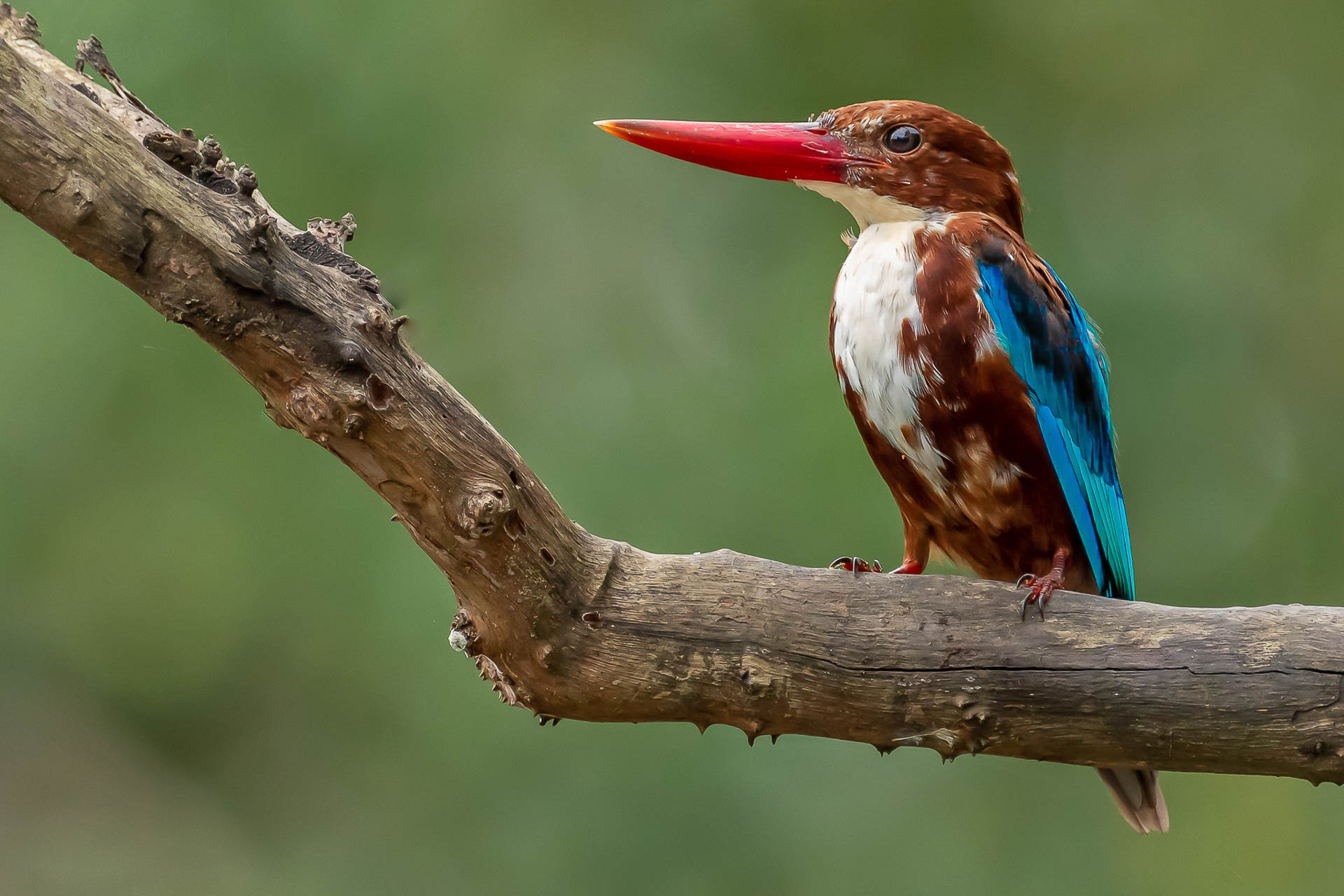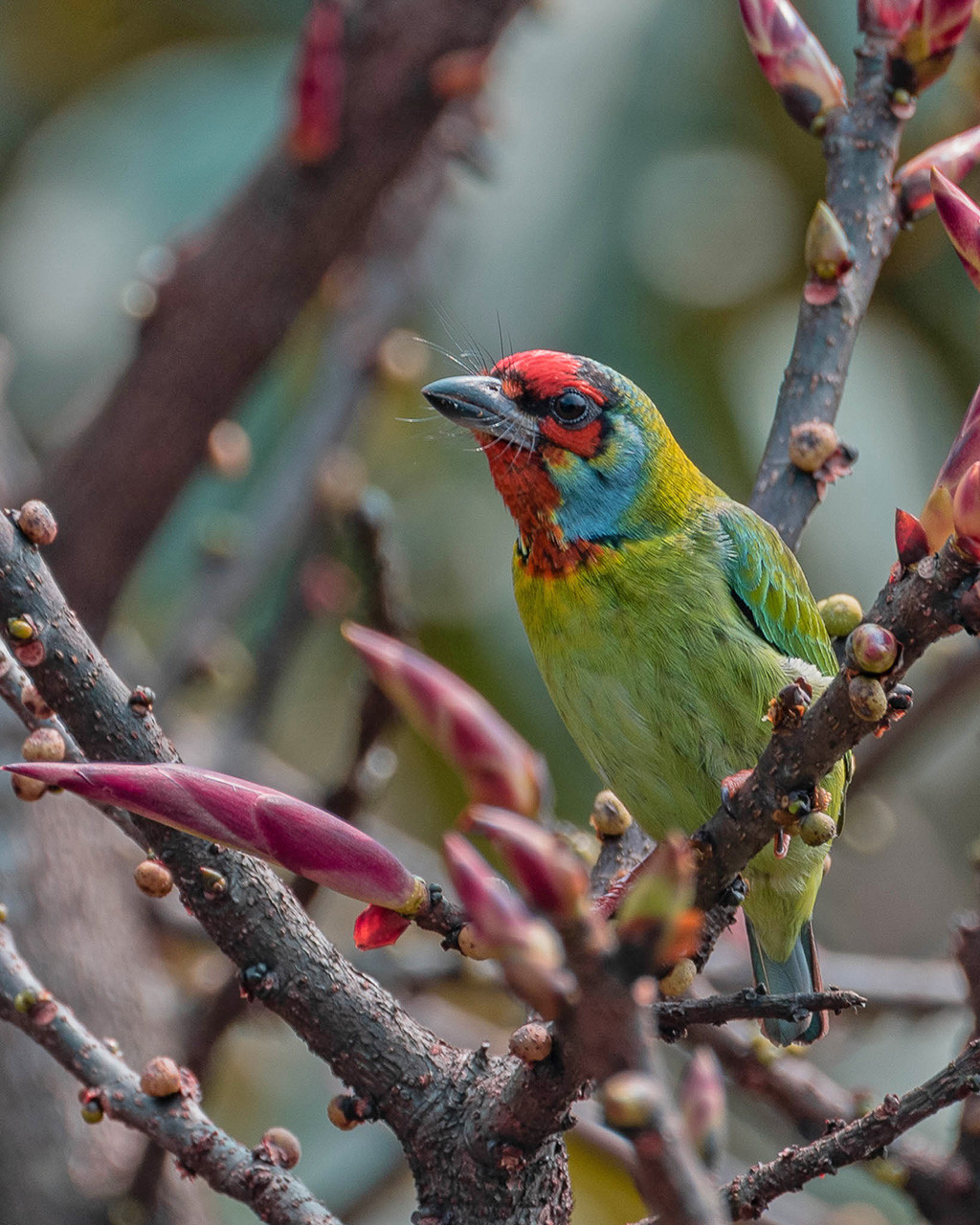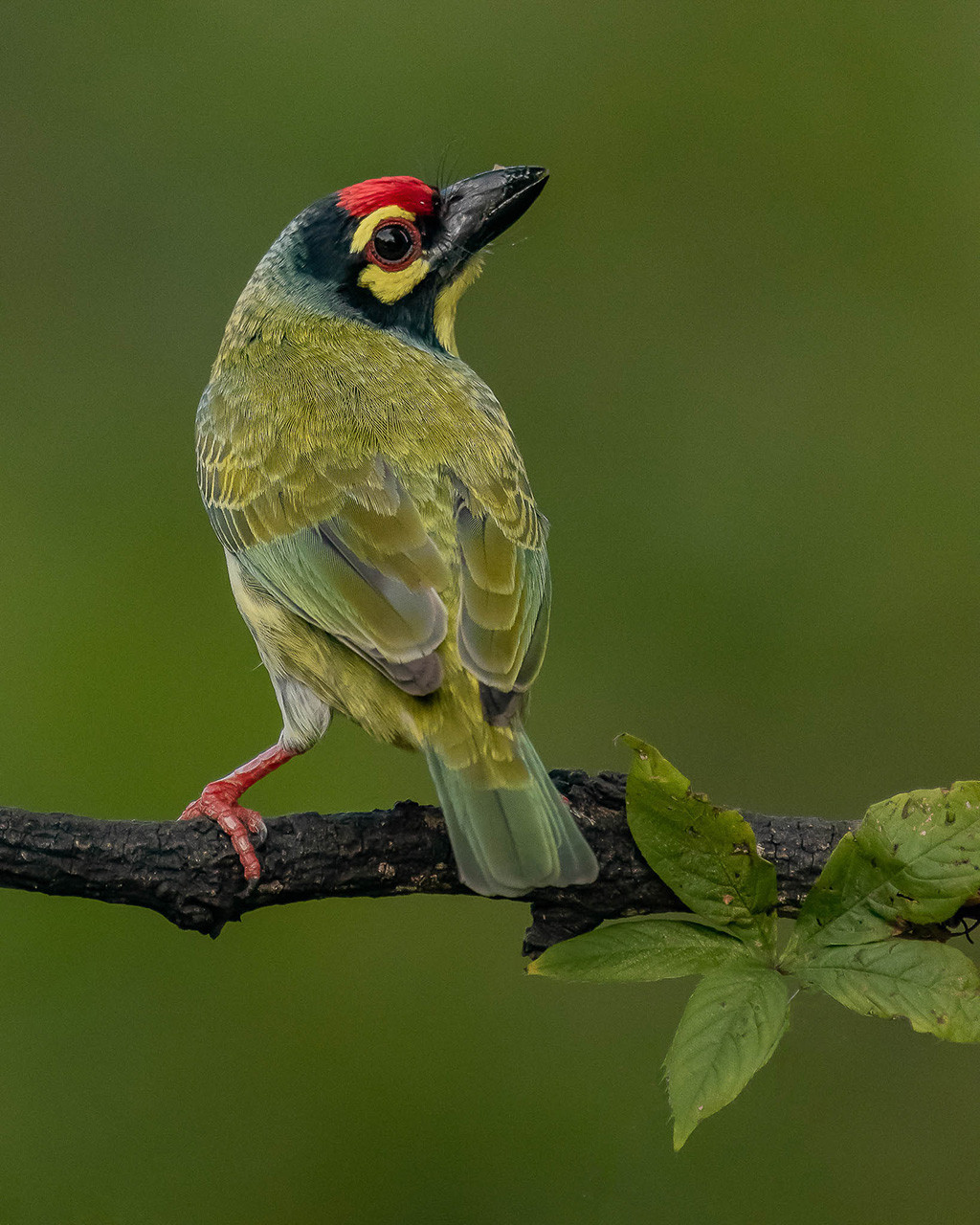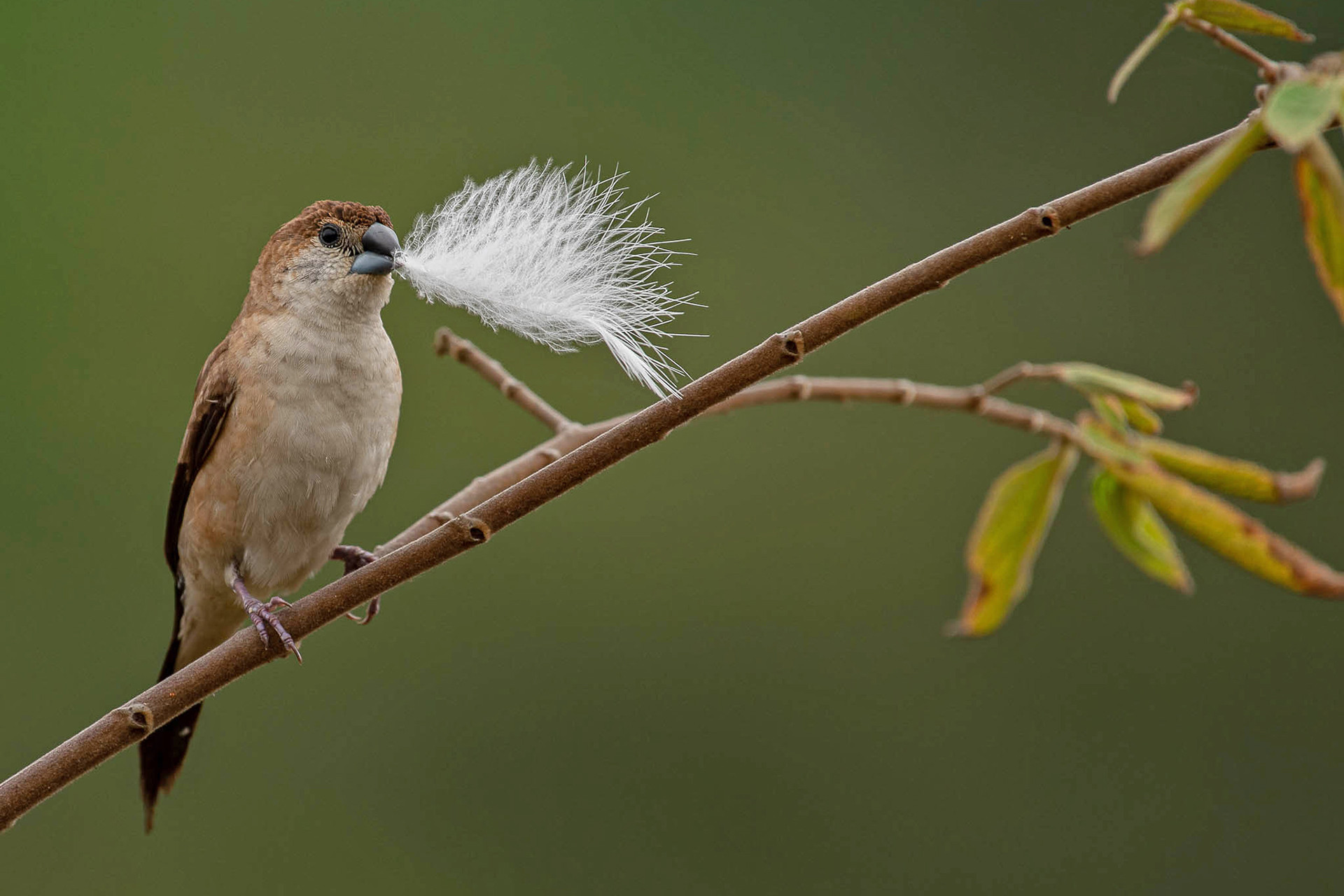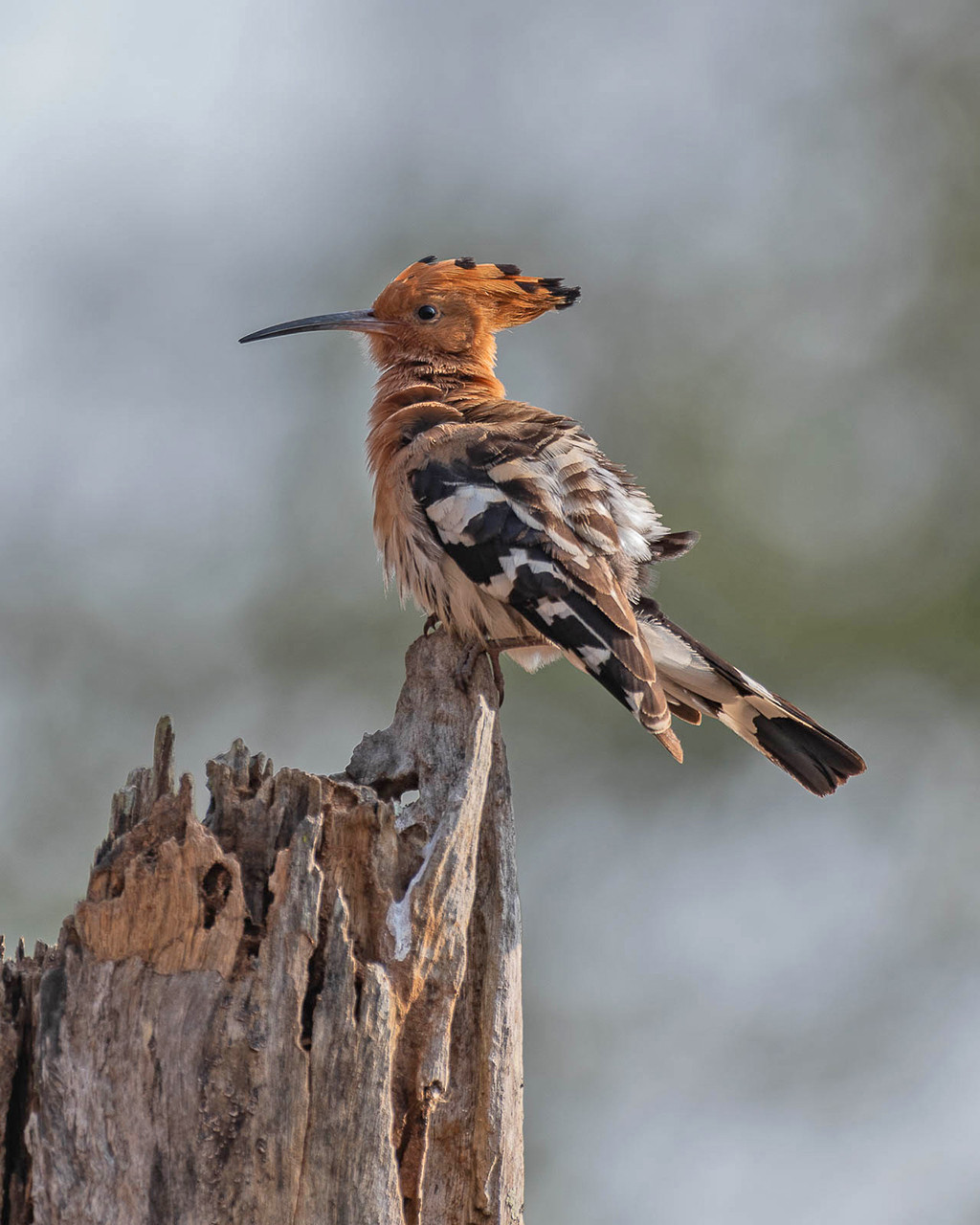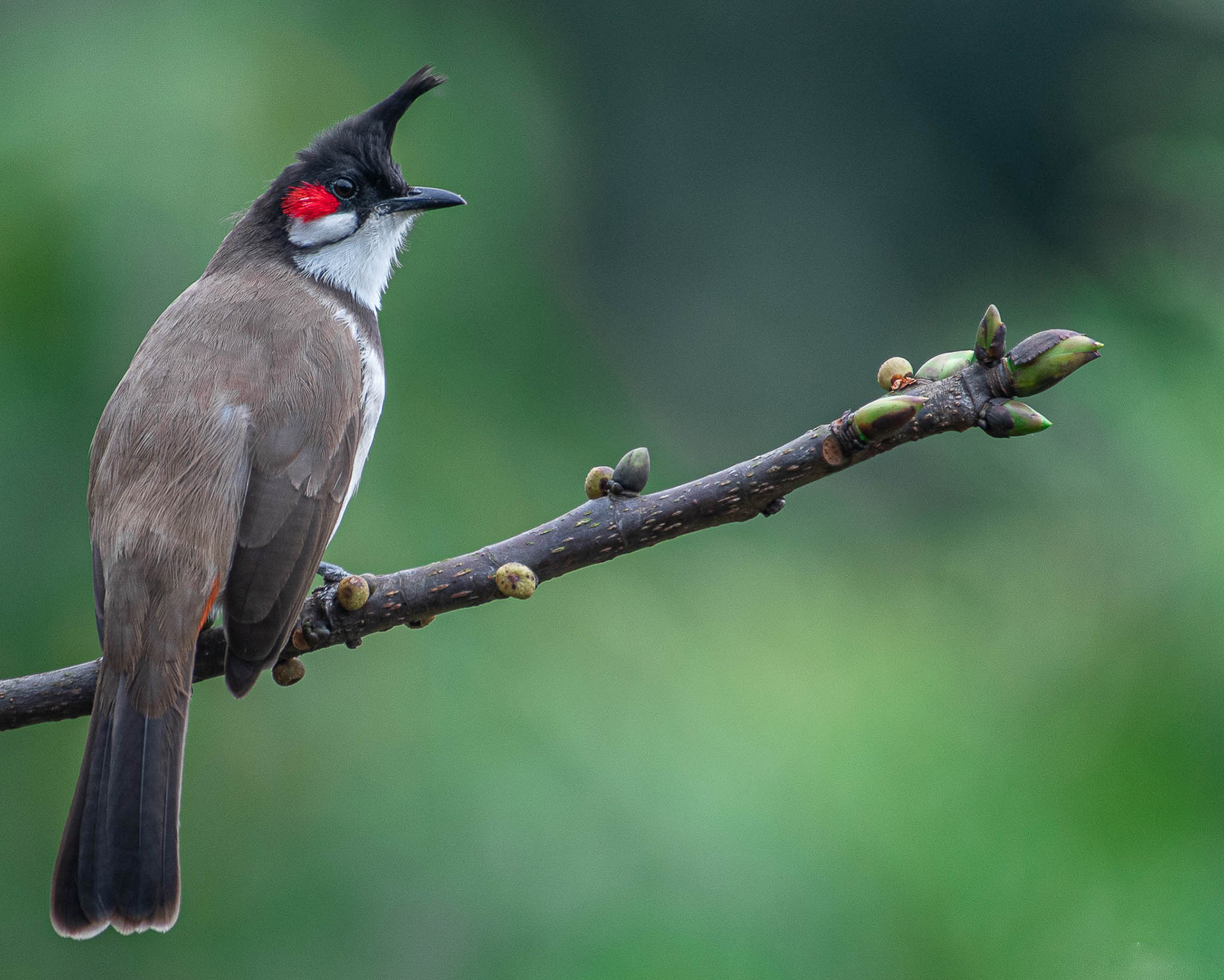On eBird, the number of avian species recorded from India stands at 1344. Over the last two years, I have spent much of my time observing and photographing birds in my backyard in Bangalore, with the occasional foray into the Western Ghats. Being stuck at home during the pandemic left me with a lot of time on my hands, and I ardently began studying birds and their behaviour.
It’s hard to believe that birds are the descendants of dinosaurs. Their colourful plumage, unique songs and peculiar habits make them a joy to photograph. Here are my favourite images of some of the more common birds found around my home, and in the Western Ghats. I hope these images show aspiring wildlife photographers that there is beauty to be found even in the so-called mundane.
Indian Roller (Coracias benghalensis)
The Indian Roller is the state bird of Karnataka, Odisha, Bihar and Andhra Pradesh. The bright and colourful bird is extremely common across the Indian subcontinent. It is also found in parts of Iran, Iraq and Oman. Mainly observed in grasslands, scrubland, forest areas, and also in urban locations, they feed on amphibians, reptiles, insects and arachnids.
Malabar Parakeet (Psittacula columboides)
The Malabar Parakeet is a species of parakeets endemic to the Western Ghats. It is also known as the Blue-winged Parakeet, and is a sexually dimorphic species, with the male having a more colourful plumage. They usually feed on the nectar of flowers but they also eat fruits. Malabar Parakeets are threatened by hunting for the pet trade. I photographed this bird a few hundred kilometres from Bangalore.
White-throated Kingfisher (Halcyon smyrnensis)
One of the most common yet alluring birds, the White-throated Kingfisher is a widely distributed species that is found across the Indian subcontinent and in some parts of southeast Asia. One of the twelve kingfisher species found in the country, it has electric blue wings and a white patch extending from throat to breast. The White-throated Kingfisher is usually found near riverbanks, jungles and even urban areas. The main breeding season begins in March and lasts till July. It is also the state bird of West Bengal.
Malabar Barbet (Psilopogon malabaricus)
Endemic to the Western Ghats, the Malabar Barbet or Crimson-fronted Barbet, as it was formerly known, is a vibrant bird. It is a year-round resident in the Western Ghats and is usually found within rainforests. It has a bright green plumage with a red face and blue patches on its neck. The species has adapted to mainly eating fruits but they also feed on insects. They usually breed in February and March, before the rains. This individual was photographed in the forests of Chikmagalur.
Coppersmith Barbet (Psilopogon haemacephalus)
Overlapping ranges with the Malabar Barbet, the Coppersmith Barbet or Crimson-breasted Barbet is a small barbet which is found in the Indian subcontinent and parts of southeast Asia. They are usually spotted in small groups. It gets its name from its call which sounds like a coppersmith hitting metal. Like the Malabar Barbet and White-cheeked Barbet, the Coppersmith Barbet is also frugivorous.
White-cheeked Barbet (Psilopogon viridis)
The White-cheeked Barbet or Small Green Barbet is found only in South India and is a common sight even in busy urban areas like Bangalore and Mysore. Although abundant, their green backs provide perfect camouflage and make them extremely difficult to spot. It is often confused with the Large Green Barbet (Brown-headed Barbet), both species having many areas in their ranges where they coexist. Their calls are extremely similar and their green backs and brown heads can often be quite misleading. However, the White-cheeked Barbet has a bright white patch around the ear and distinct white lines that run down their throat. Like a lot of other barbets, they are mainly frugivores but they also feed on insects.
Black-rumped Flameback (Dinopium benghalense)
The Black-rumped Flameback, also known as the Lesser Golden-backed Woodpecker or Lesser Goldenback, is a woodpecker only found in India and Sri Lanka. It is a large woodpecker species and has a bright red crest and a black rump and throat, fetching it its name. They are normally found in pairs and mainly eat insects and fruits. They are typically found in dry, open forests, and now have adapted to urban habitats.
Indian Silverbill (Euodice malabarica)
The White-throated Munia, commonly called the Indian Silverbill, is a tiny bird that has expertly adapted to urban environments. They are distributed all over the Indian subcontinent and the Middle East, and are commonly spotted in flocks of varying sizes in dry forests and urban areas. This individual was shot in the outskirts of Bangalore, near Bannerghatta, collecting feathers to construct a nest. Its mate was sitting higher up on the same perch. Silverbill are also mixed up with juvenile Scaly-breasted Munias.
Common Hoopoe (Upupa epops)
The Common Hoopoe or Eurasian Hoopoe is a unique bird found in Africa as well as Europe and South Asia. It is a year-round resident in most parts of southeast Asia. Known for its crest and its distinct wings, it uses its extremely long and thin beak to feed on insects on the ground in semi-open areas. They regularly indulge in sand baths and also enjoy sunbathing. I photographed this individual in Nagarahole National Park.
Red-vented Bulbul (Pycnonotus cafer)
The Red-vented Bulbul is one of the most common birds found in India. It gets its name from a small red area under its white rump. They feed on insects, flowers and fruits, and are known to disperse seeds of aggressive and invasive plants like the Lantana camara. This is a growing issue as invasive species of plants gradually jeopardise forests. Studies in 2020 have shown lantana to occupy more than 40 per cent of the tiger habitats in India.
Red-whiskered Bulbul (Pycnonotus jocosus)
The Red-whiskered Bulbul is also known as the Crested Bulbul. It has a black crest and a red patch below its eye and below the rump. It is largely found in southeast Asia and is another extremely common bird of the Western Ghats and Bangalore city as well. I shot this image in Chikmagalur.



